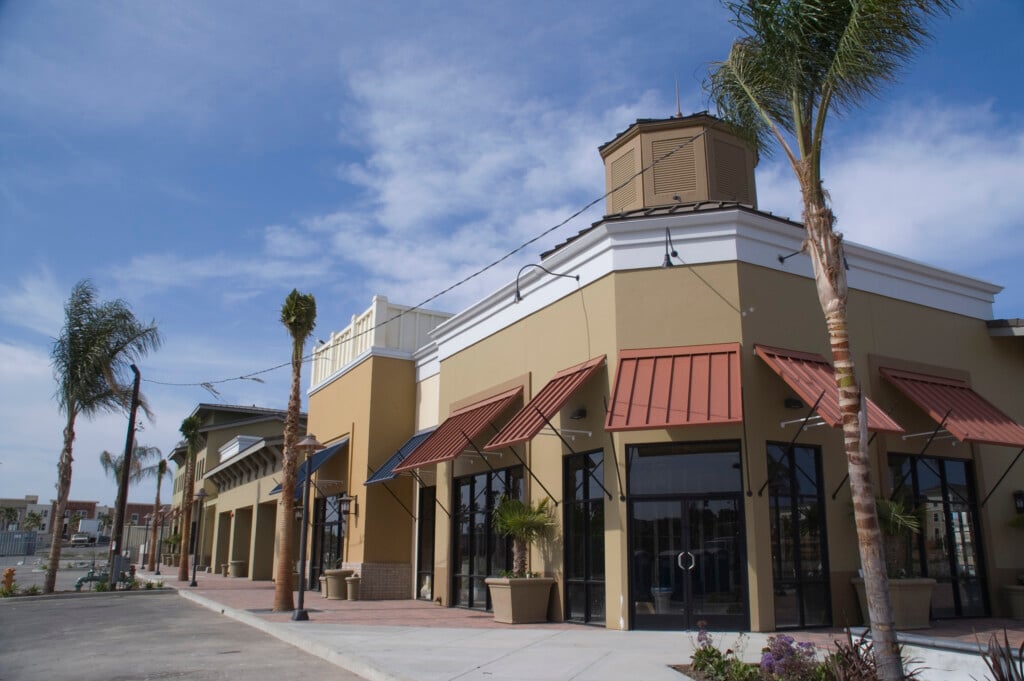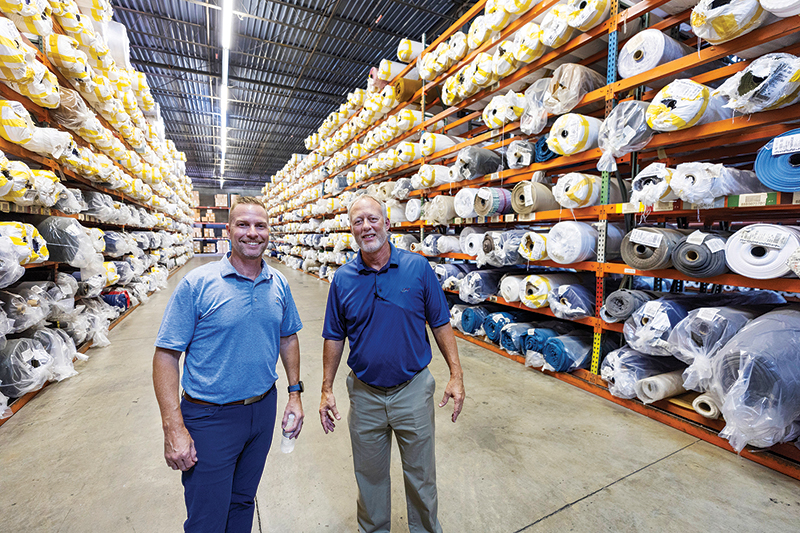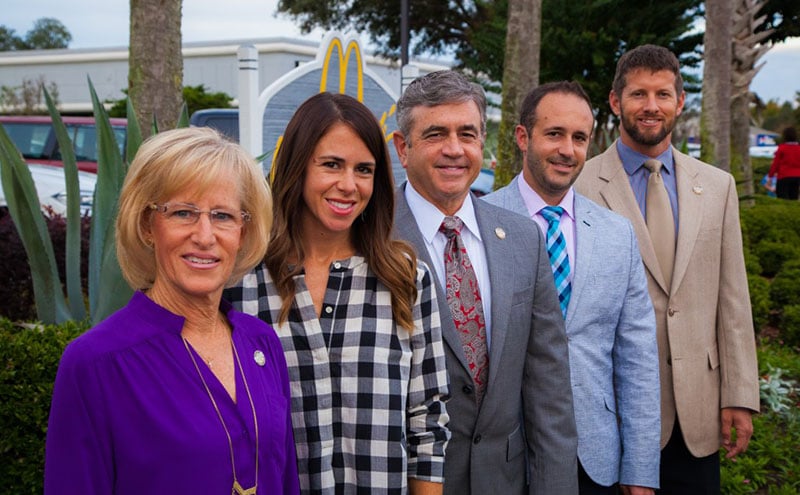Hurricane Readiness: A Small Business Guide to Protecting Property and Operations
The Insurance Institute for Business & Home Safety (IBHS) provides insights

Written by Gail Moraton, CBCP
When hurricanes strike the Gulf Coast, small businesses in Northwest Florida face not just property damage, but the challenge of keeping their doors open and employees working. High winds, wind-driven rain, and flooding do more than damage buildings; they disrupt operations, endanger employees, and jeopardize customer relationships. While no one can stop a storm, businesses can take meaningful steps to prepare. The right actions before, during, and after a hurricane can make the difference between a quick recovery and a long, costly shutdown.
The Insurance Institute for Business & Home Safety (IBHS) is a nonprofit research organization that conducts scientific studies to identify proven mitigation steps to strengthen homes and businesses against natural disasters like hurricanes. Drawing from this research, here are practical tips designed for small businesses across Northwest Florida and beyond.
Secure Your Property Before the Storm
Your building is your business’s foundation; protecting it also protects your employees’ livelihoods and the customers who rely on you.
Roof and Exterior: Schedule a roof inspection annually, repair loose or damaged materials, and clean gutters and drains to reduce water intrusion. Small repairs now can help prevent far more expensive damage later. If you are ready for a bigger investment, consider upgrading to the IBHS FORTIFIED™ standard, a set of science-based practices proven to reduce storm damage and dramatically improve resilience.
Commercial Doors: Large openings—such as overhead, roll-up, and sectional garage doors—are especially vulnerable during high-wind events. Installing wind-rated commercial doors can significantly lower the risk of structural damage.
Windows and Doors: Windows and doors with glass can be shattered or damaged by flying debris during high winds. Installing impact-rated options helps lower the risk of damage. You can also install code compliant shutters or keep pre-cut plywood panels on hand. Reinforce entry doors with heavy-duty hardware to resist wind pressure.
Outdoor Areas: Trim trees, remove dead limbs, and secure signage, furniture, and equipment. Anything loose can become a dangerous projectile.
Critical Equipment: Elevate electronics, servers, and mechanical systems above flood levels when possible. Anchor heavy items to keep them stable.
Protect Records and Operations
Storm damage isn’t just about buildings, it’s also about lost data, disrupted services, and missed revenue.
Back Up Important Records: Secure vital documents—like financials, customer data, insurance, and emergency contacts—in trusted cloud storage with strong encryption and multi-factor authentication. Keep waterproof paper copies for added safety. Use strong passwords, enable MFA, and regularly back up and test access to your files to guard against disasters and cyber threats.
Continuity Planning: Even without a dedicated continuity planner, you can outline how to keep payroll, communications, and customer service running if your office is inaccessible. IBHS’s Business Disaster Recovery Plan has a free, easy-to-use toolkit created specifically to help small businesses build a continuity plan.
Communication: Create an updated contact list of employees, suppliers, and customers. Select the main channel to deliver updates — whether through text alerts, email, or social media. Keep messages short, factual, and consistent since clarity is often underestimated but critical during times of uncertainty.
Remote Work: Test laptops, phones, and software ahead of time so your team can work safely from home or remote locations.
Prepare Your People
Employees are at the heart of your recovery.
Training: Review emergency procedures with your team before hurricane season. Share evacuation routes and shelter options.
Cross-Training: Ensure more than one person knows how to perform essential functions, from payroll to client updates.
Family Preparedness: Encourage employees to create home emergency kits and plans so they can focus on helping the business recover once their families are secure.
Recovery Starts with Safety
Once the storm has passed, focus first on safety. Wait for official clearance before re-entering the building and watch for hazards such as downed power lines or gas leaks. Document damage with photos and video and notify your insurance provider promptly. Ideally, review your coverage with your insurance professional before the start of hurricane season to confirm coverage details, avoiding costly surprises when you need support most.
Lean on your continuity plan as a step-by-step checklist for restoring critical operations, while keeping employees and customers informed throughout the process.
Resilience is Good Business
Preparation is more than a checklist; it’s an investment in your business’s future. Resilient businesses reopen more quickly, support employees through uncertain times, and strengthen the entire community. Hurricane season doesn’t have to bring sleepless nights: with property protection and smart continuity planning, you can reduce risks, recover quickly, and remain a vital part of the local community. Every prepared business helps the whole community recover faster.
For free resources tailored to small businesses, visit ibhs.org/hurricanereadybusiness/
Gail Moraton, CBCP, is Business Resiliency Manager at IBHS, where she’s led continuity and risk initiatives since 2011. With 35+ years in the field, she’s developed tools like OFB-EZ® and EZ-PREP™ to help small businesses prepare for disasters. Gail customizes guidance by industry and hazard, and advances enterprise risk management at IBHS. A DRI-certified professional, she partners with insurers and national organizations to turn research into practical resources and shares best practices through conferences and webinars.


